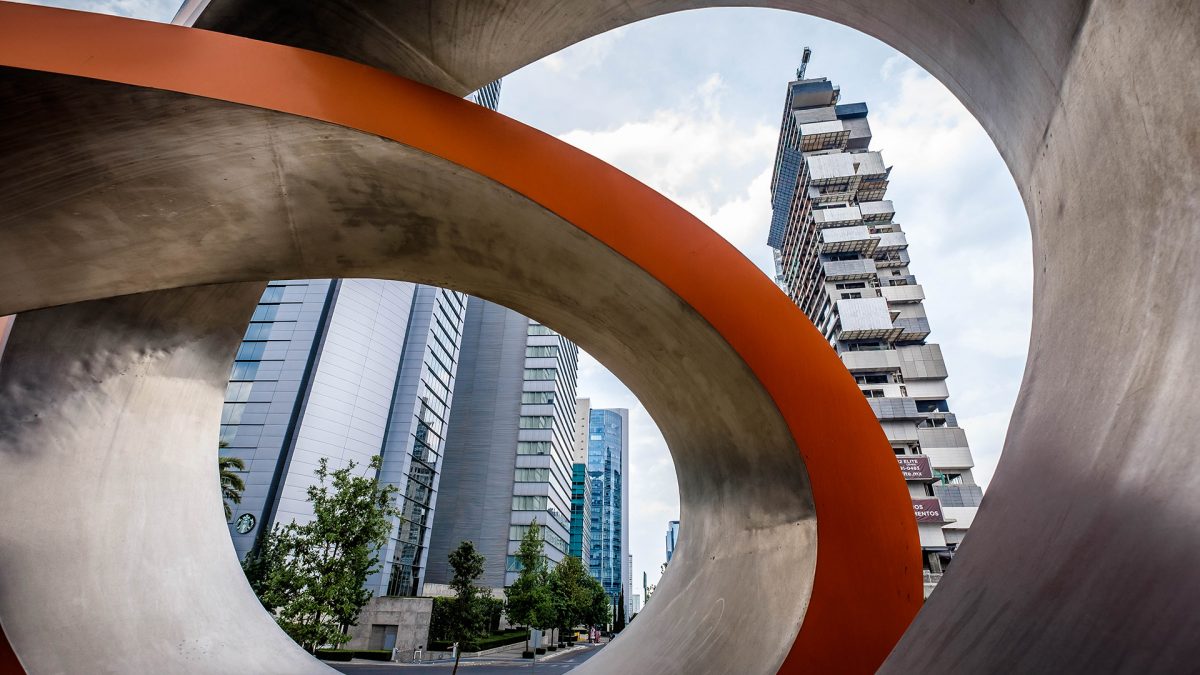By Rick Martinez —
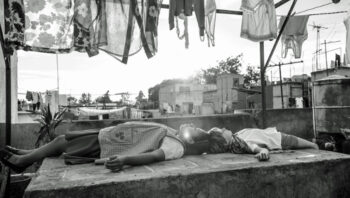
Note: Alfonso Cuarón’s film Roma recently won Academy Awards for Best Director, Best Foreign Language Film, and Best Cinematography. The film is named for a neighborhood in Mexico City where Cuarón spent his childhood. He was interviewed about the film by the IMB.
Roma is set in Mexico City in the 1970s. How has the city changed since then?
Rick: The main change is that the population of Mexico City has doubled since 1970—from 10 million to over 20 million today.
But even though the city has grown, Mexico City is the same yesterday, today, and forever barring a mighty move of the Holy Spirit. Alfonso Cuarón captured the beauty of the city without idealizing it. The movie does not mask the societal problems that plague Mexico City. The main social problems the film reveals exist today but in greater numbers. They are problems of the heart caused by innate sinfulness. And no amount of technological progress or modernity can help that soul-stained reality.
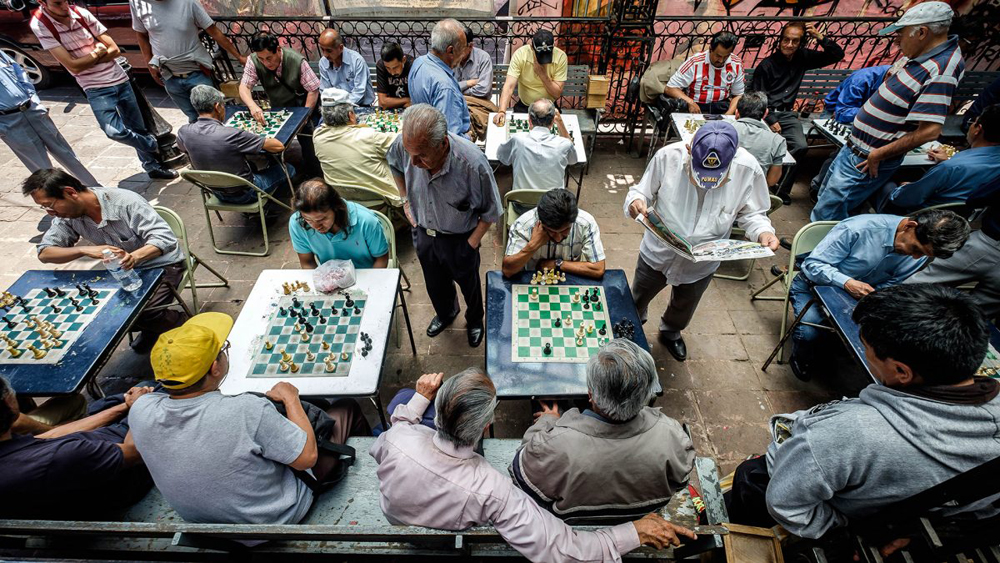
What are some of the social problems highlighted in the film that continue to be relevant?
Rick: There were two issues in the film that stood out to me that are still relevant today. First, the disparity between the rich and the poor and, second, fractured families. The economic gap between rich and poor in Mexico City is enormous. Mexico City has millions of people that live in poverty. Government estimates suggest 42 percent of Mexicans live below the national poverty line. The legal daily minimum wage in Mexico City is equivalent to about five dollars—not per hour, but per day. This causes many to resort to making a living in the informal economy. Thousands of poor, mostly indigenous peoples, eke out a living selling candies or knickknacks on the streets at intersections and on sidewalks. This informal economy was depicted very well in Roma.
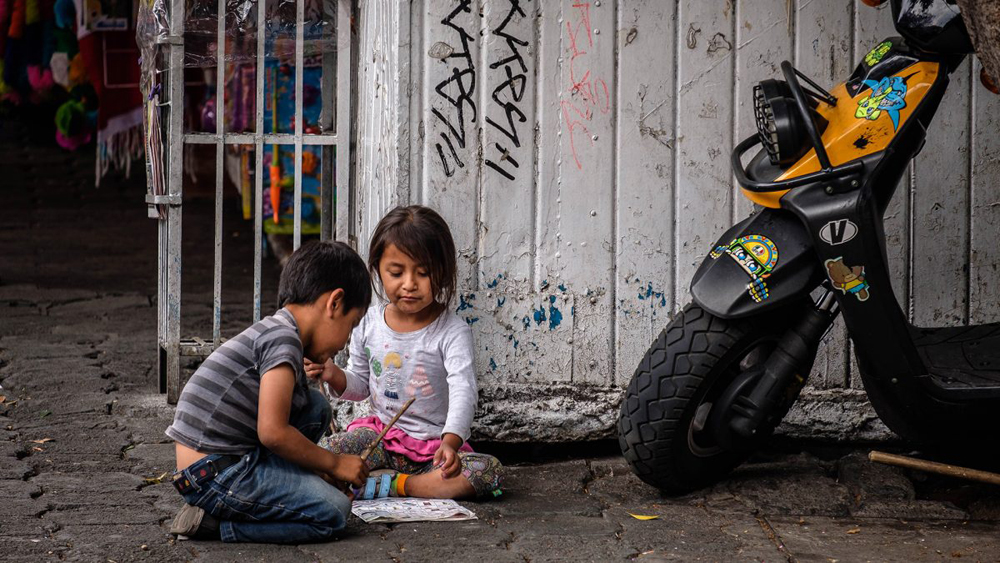
Colonias (neighborhoods) like Roma are upper-middle class and enjoy the benefits of a society where residents can employ cooks, maids, and nannies cheaply. Most of these domestic workers are indigenous peoples. They travel to work from the outskirts of Mexico City, which is populated by millions of migrants from rural areas of the country.
The upper-class is dominated by Mexicans of European descent who are white in complexion, while most domestic workers are indigenous with darker skin. These contrasts are shown in several scenes. In one scene where elementary school is being let out, every child is white and is being picked up by indigenous nannies.
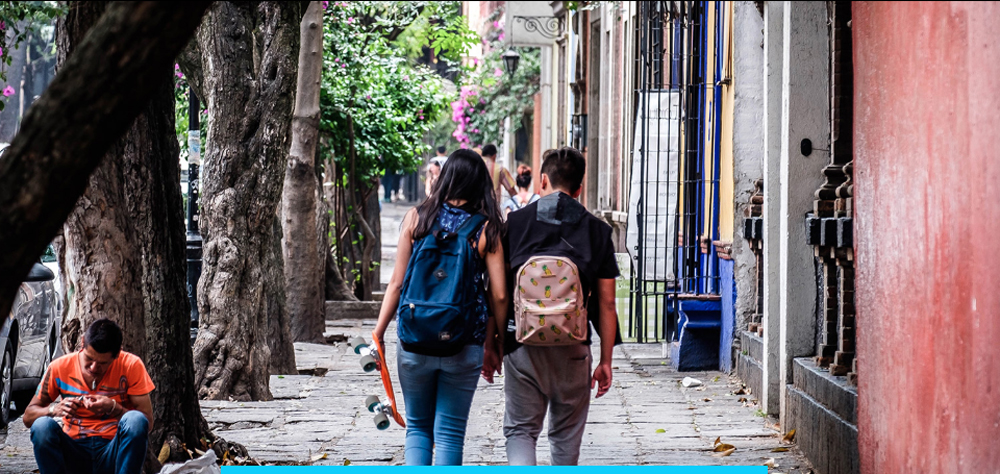
I also mentioned the problem of fractured families. Two of the main characters, Sofia and Cleo, are betrayed by the men they love most. Sofia’s husband leaves her for another woman and Cleo’s boyfriend refuses to take responsibility for the child he fathered. The movie shows how betrayal and abandonment is not a respecter of persons—both rich and poor alike are victims. Unfortunately, it is not uncommon for men in Mexico to have multiple families. Monogamy is seen as weak and unmanly. Machismo deceives men into thinking they can prove their manhood by having multiple women.
The fracturing of marriages in Mexican culture explains why mothers and grandmothers are revered. They are the constant of the family. A mother would never abandon her children. Religiously, this partially explains the extreme devotion Mexicans have to the Virgin Mary, or more specifically, the apparition of Mary known as the Virgin of Guadalupe. They trust Mary to always be faithful and present. Mexicans are often much more devoted to Mary than to Jesus. This makes conversion hard for many because they believe turning their backs on Mary as the object of their devotion would be the ultimate betrayal.
Did you see any positive aspects in the film that reflect what you’ve come to appreciate about Mexican culture?
Rick: One of the great things about the movie that is still true today is how love is able to overcome ethnic and economic barriers. This is shown, interestingly, through tragedy. One senses the genuine care and affection between Sofia and Cleo, who were both abandoned by men who should have cared for them. Sofia shows empathy and cares for Cleo throughout her pregnancy. Through painful circumstances, they forge an enduring bond. The children of the household love Cleo. Every night she tucks them into bed and tenderly sings them lullabies in her native tongue. The director is keen on showing the smiles of satisfaction, peace, and security in the home.
A dramatic scene at a country house demonstrates unity in the midst of tragedy. One night there is an extravagant party in the main house for the wealthy families while the indigenous people who take care of the land enjoy their own party in a rundown space downstairs. This segregation continues until a fire breaks out in the surrounding fields. As calls are made for help, the director deliberately shows (in slow motion) how everyone comes together—rich and poor, white and brown, young and old—to put out the fire.
This theme was put on full display in the aftermath of an earthquake that struck central Mexico on September 19, 2017. Approximately 230 people were killed in Mexico City when many buildings and houses collapsed. Grief and fear struck everyone alike. Different ethnic groups and classes came together to help in the relief efforts, removing rubble and rescuing the wounded. Others provided food and water. Many gave money. For a few weeks, Mexico City was unified through tragedy and the unity was beautiful to see.
How can we pray for Mexico City and the people who live there?
Rick: Let’s pray based on the themes above.
Pray for all people of Mexico City to submit to the Triune God as the supreme object of their love and faith. May love for God unify people of all classes and races as they become part of one family—brothers and sisters in Christ.
Pray for healthy marriages and families. Satan is hard at work attacking marriages within and outside the church.
Pray for a mighty outpouring of the Holy Spirit in Mexico City so that God’s love in Christ will reign supreme. Politicians, governments, money, power, and status will never truly change Mexican society. Jesus is the only true and eternal hope for salvation, peace, stability, and change.
Are there any specific opportunities for people to engage Mexico City?
Rick: Yes, absolutely. Short-term, we’re looking for prayer walking teams for the areas of Roma, Condesa, and Polanco to pray for the thousands of Jewish Mexicans and others in the upper-class that live in the city who do not yet know Christ as their Savior.
Long-term we currently have three career church planting positions available that will reach out to the various ethnic peoples within Mexico City. Come join the work God is doing in this beautiful city.
Note: Roma is rated R and is not appropriate for children. It includes nudity, strong language, and scenes of political violence.
Rick Martinez is an IMB missionary and the leader of the Gateway Mexico City Team. He lives in Mexico with his wife and three kids. He is a graduate of Trinity International University (BA), New Orleans Baptist Theological Seminary (MDiv), and Mid-America Baptist Theological Seminary (DMin).

